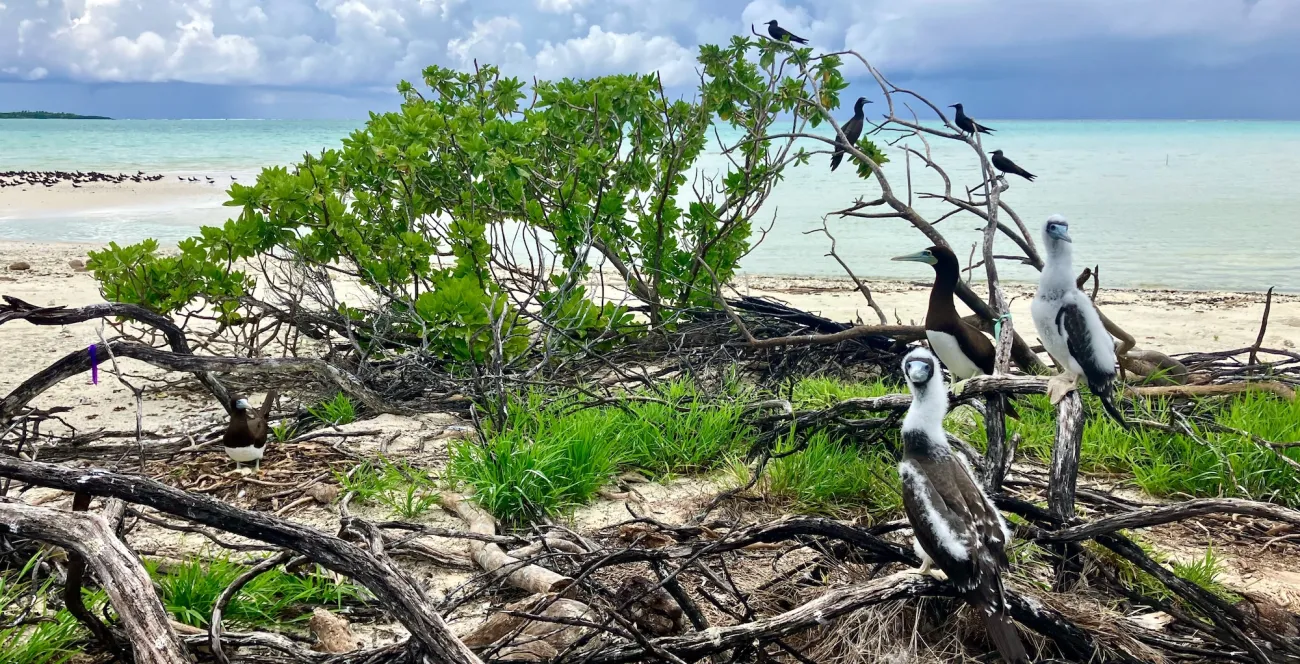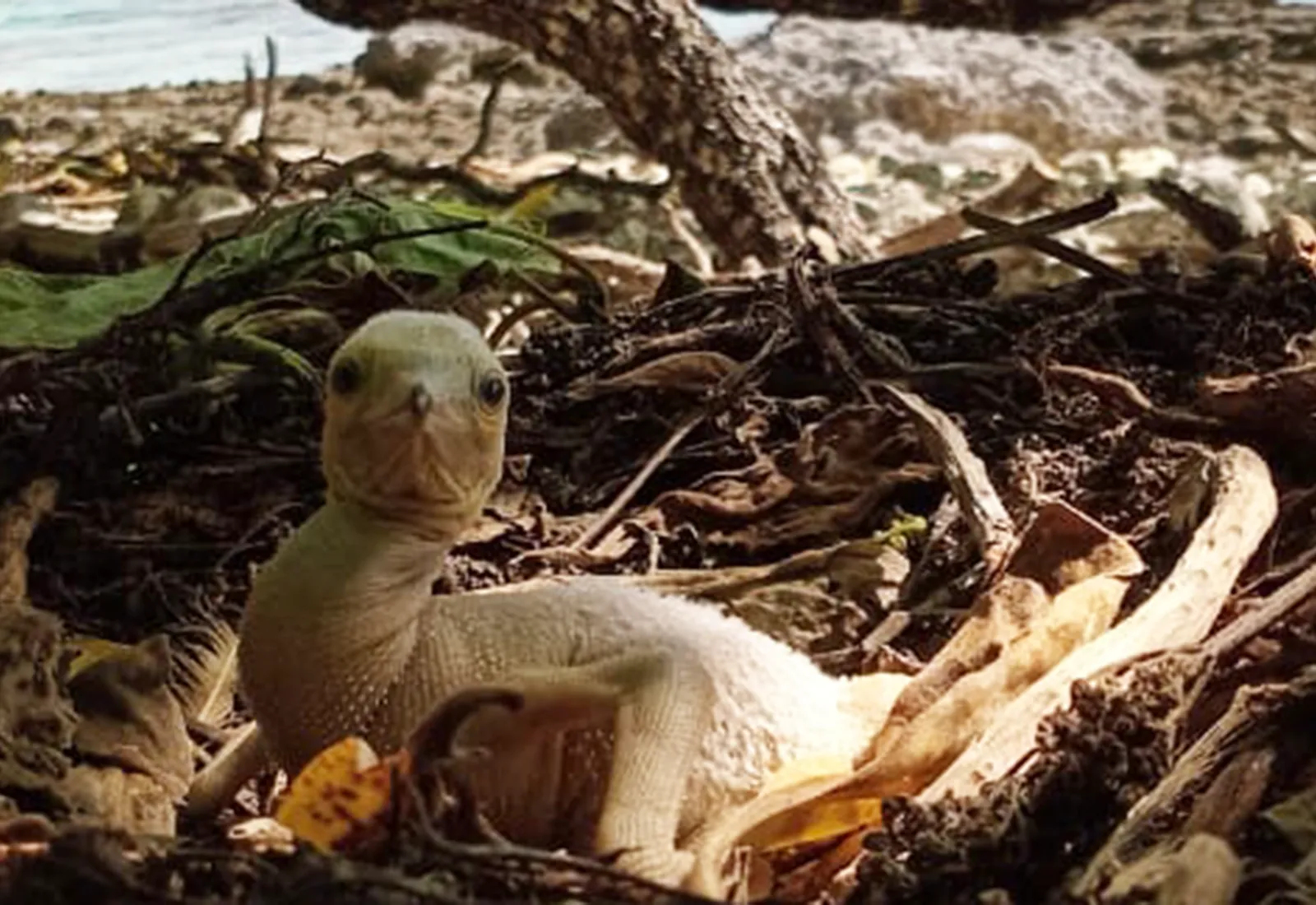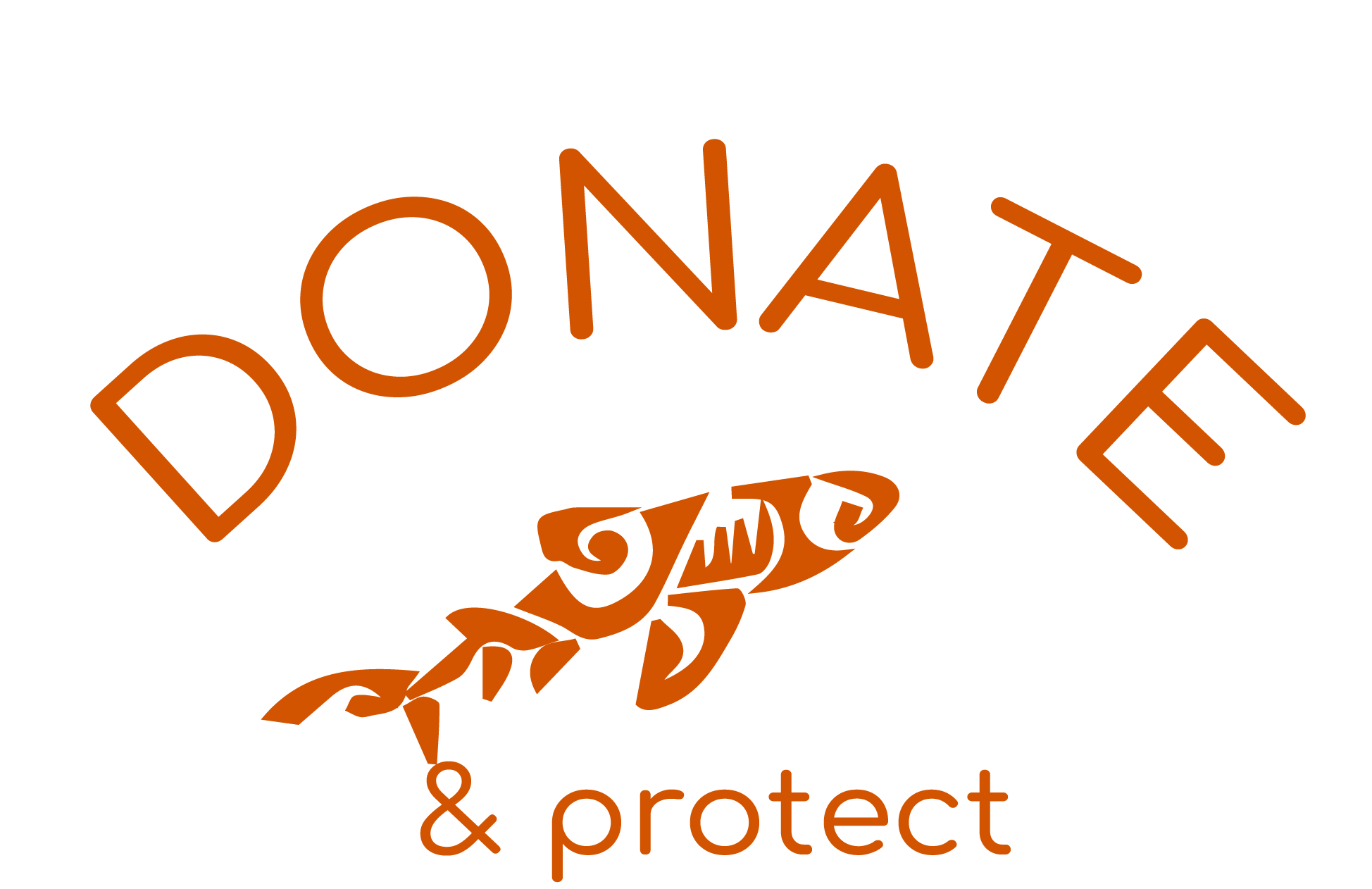These species are widely distributed in the region, either having significant economic and social value (bees and coconut palms) or impacting public health and tourism (mosquitoes). However, their effects on biodiversity, soils, and local species remain poorly understood. This project aims to produce knowledge useful for the restoration of biodiversity, the sustainable management of natural resources and the adaptation of atolls to climate change.

Summary of field activities
The mission took place from June 2 to 16, 2025, with Michael Demortier. It focused on several motu: Tahuna Iti, Horoāterā, and Tiaraunu. Activities carried out included:
- monitoring of brown boobies (Sula leucogaster) laying, to observe changes in the number of nests,
- the installation of mosquito traps around nests to assess the potential impact of mosquitoes on the breeding success of birds,
- environmental measurements (pH, temperature, humidity, conductivity) in areas dominated either by coconut palms or by native plants,
- the collection of litter in these areas in order to analyze the microfauna present there,
- the collection of guano from three species of seabirds (red-footed boobies, brown boobies, brown noddies),
- the installation of cameras near certain nests to observe breeding behavior.

Impacts & Preliminary Results
Several interesting observations were made:
- At least 20 new brown booby nests were identified on each of the three motu studied.
- Mosquito density around nests at Tahuna Iti remains very low, as during the two previous missions. This contrasts sharply with the higher densities observed on the other two motu.
These results reinforce the idea that mosquitoes can influence the reproductive success of brown boobies.
A new mission is planned for the end of July 2025, with similar objectives: monitoring the reproduction of brown boobies, entomological monitoring, environmental measurements, collection of data on litter and guano, and installation of cameras. These repeated observations will allow us to better understand the links between introduced species and the ecological functioning of motu, and to enrich the data already collected to feed into future scientific publications.




